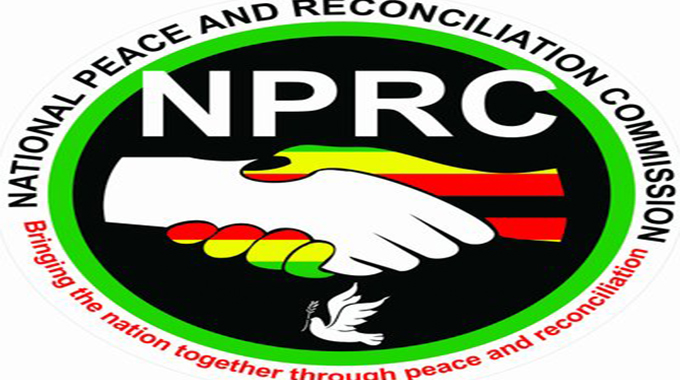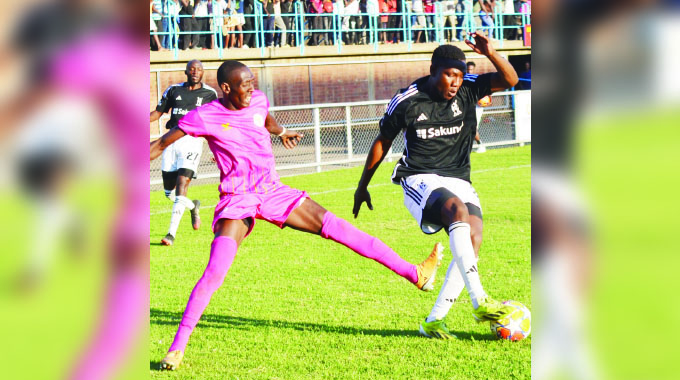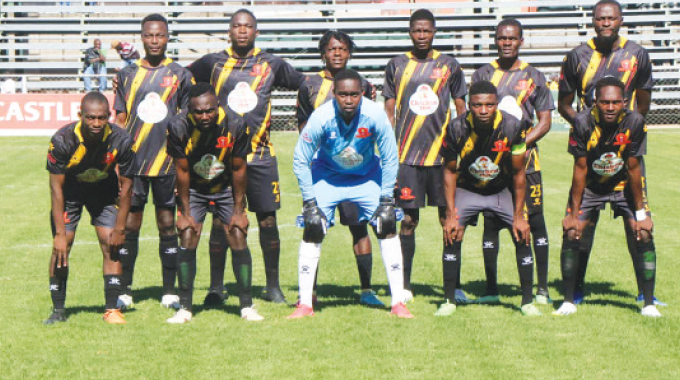Journalists urged to play active role in HIV/Aids fight

Ricky Zililo, Senior Sports Reporter
SPORTS journalists have been challenged to encourage athletes to know their statuses as the country moves towards eradicating new HIV infections by 2030.
Addressing sports journalists at a National Aids Council (Nac) workshop in Kadoma, an official from the Ministry of Youth, Sport, Arts and Recreation Masimba Mutemaringa said journalists have a responsibility to drive the HIV message to sportspersons and their fans, as HIV/Aids is threatening to destroy the future of sport.
“The sport movement led by the Ministry of Youth, Sport Arts and Recreation has a moral obligation, as it is required by the Zimbabwean Constitution and Olympic Charter, to place sport at the service of the people of Zimbabwe. It is therefore expected to play a leading role in the sectors contribution to the nationwide fight against HIV and Aids by committing effort and mobilising resources,” said Mutemaringa.
“HIV and Aids is threatening to destroy our collective sporting future and everyone must play their part in this fight. This is why all of us, a father or mother, son or daughter, brother or sister, teacher or coach, administrator or community leader, athlete or spectator, journalist or physician, are being called upon to play a part in the response to HIV and Aids and in the fight against discrimination,” he said.
Nac is running a campaign for people to know their status under the theme “My status, my life, my health”.
Mutemaringa said coverage and reporting of HIV and Aids issues by sports journalists is paramount because athletes and support personnel as well as administrators provide lasting experiences.
He said sporting associations need to adhere to international standards that don’t expose athletes to danger while participating in their games.
“Open injuries are common, particularly in athletes playing contact sports. These may include, abrasions, lacerations or puncture wounds. Underlying structures such as tendons, ligaments, blood vessels and nerves are always at risk of injury and should also be considered with any skin injury. What this therefore means, for example, in football teams should have reserve shirts for players on match day in the event that a player bleeds so that they don’t expose others to danger,” he said.
— @ZililoR











Comments